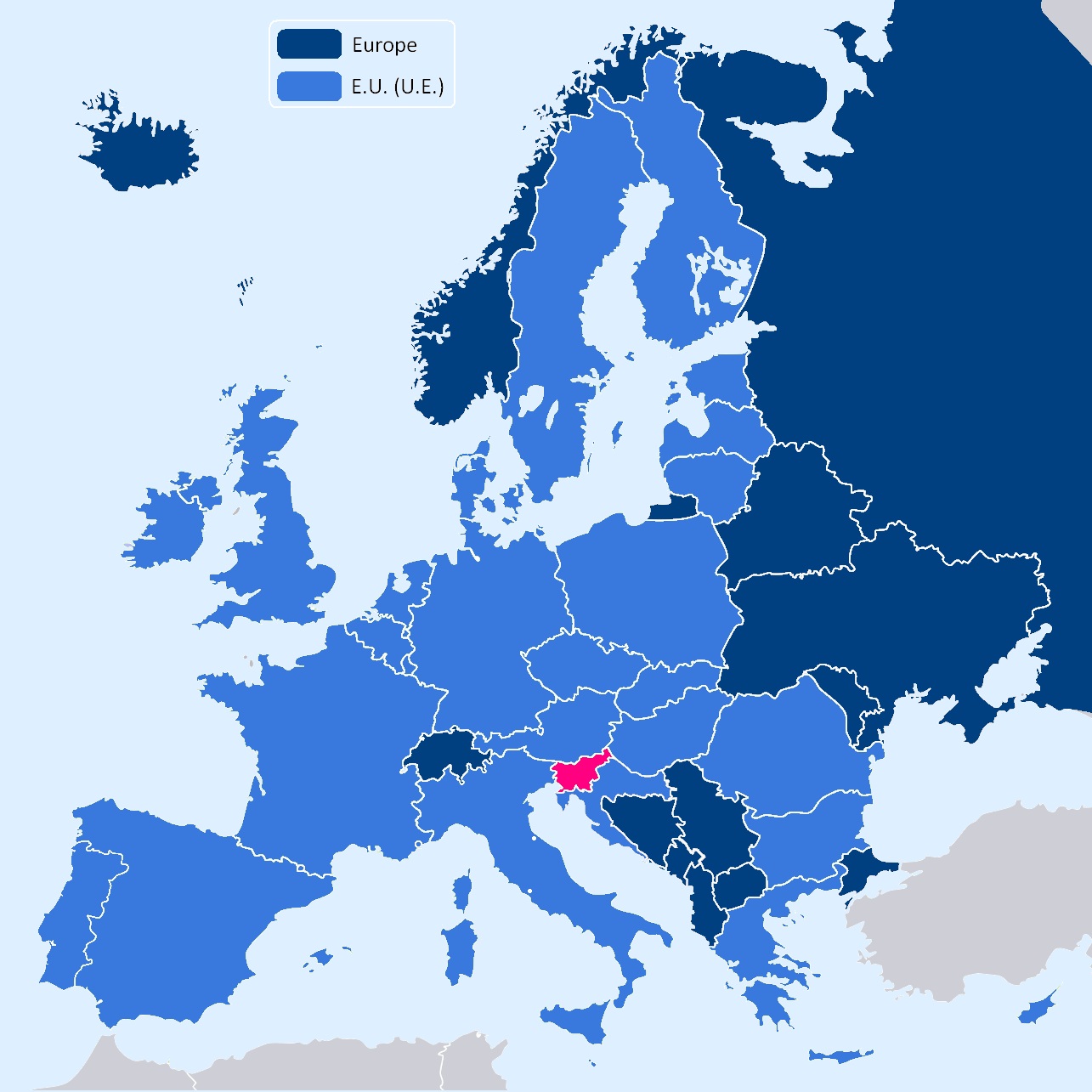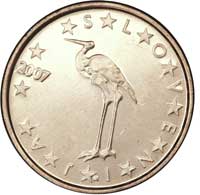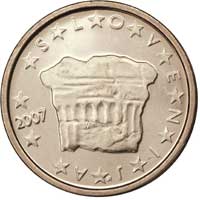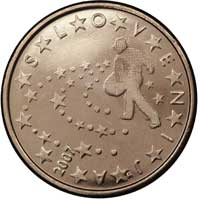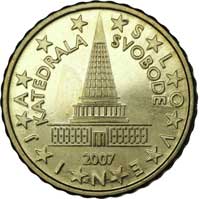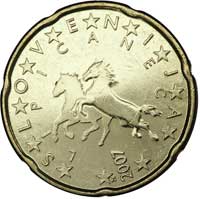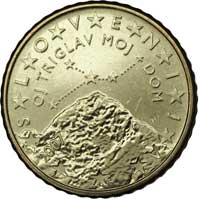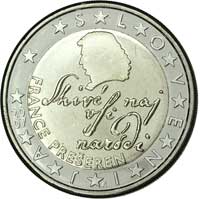| |||||||||||||||||||||||||||||||||||
General data
Leur histoire va prendre un tour nouveau avec les guerres napoléoniennes. La création des Provinces illyriennes en 1809, avec Marmont, puis Bertrand comme ducs de Raguse, et Ljubljana comme capitale, fait naître un nationalisme inattendu. Même bref (4 ans), cet épisode laisse des traces, grâce à une administration efficace (infrastructures) et très libérale. Les Slovènes reviennent à leur fidélité Habsbourg. L’idée d’une entité "slave du Sud" dans l’empire (qui a déjà pu se transformer en "double monarchie" avec les Hongrois) fait son chemin, mais l’effondrement de l’Autriche en 1918 ouvre d’autres perspectives. Les Slovènes adhèrent à l’idée du royaume des Serbes, Croates, Slovènes sous l’autorité du roi de Serbie. Cependant, tout l’ouest de la Slovénie doit être cédé à l’Italie (traité de Rapallo). Le nouveau royaume n’a pas de structure fédérale, et la Slovénie n’a pas d’existence propre, mis à part l’usage reconnu de sa langue. Envahi en 1941, le pays slovène est partagé entre l’Allemagne (au nord), l’Italie (au sud), et partiellement la Hongrie (à l’est). Après la capitulation italienne en septembre 1943, l’Allemagne administre toute la Slovénie. En 1946, la Slovénie devient une république populaire au sein de la fédération yougoslave, récupérant aussi la partie cédée en 1941 à la Hongrie. Le contentieux avec l’Italie durera jusqu'en 1954, lorsque la Slovénie reçoit un accès à la mer (Koper). En échange, une minorité slovène devient italienne. Au sein de la fédération, la Slovénie apparaît comme la plus riche et la plus privilégiée des républiques. En 1989, des partis indépendants sont créés. Le multipartisme est accepté en 1990, et en décembre un référendum sur "l’éventualité" de l’indépendance recueille 88% de voix pour. Cette indépendance est proclamée le 25 juin 1991 sous le signe du cancer (voir pièce de 50 cent). Après de rares affrontements, l’armée yougoslave se retire dans l’été, et l’Allemagne reconnaît le nouvel état le 23 décembre, suivie peu après par les autres pays de la CEE. Compte tenu de l’homogénéité "ethnique" du pays, la guerre d’indépendance n’aura pas lieu : la Slovénie n’est pas un enjeu pour les Serbes.
Un mot sur la langue slovène : comme cette région a très vite été isolée du reste du monde slave, la langue est très proche des parlers originels, riche en archaïsmes. Après Primoz Trubar au XVIème siècle, auteur et imprimeur des premiers livres en slovène, France Preseren au début du XIXème est considéré comme le père de la littérature slovène, et à ce titre tous deux sont justement célébrés sur les pièces de 1 et 2 euro. Slovenia and the Euro
The parity was irrevocably fixed: €1 = SIT 239,640 It is thus the first of the ten new countries to join the Euro area. The introduction was made on the 1st January 2007, with a short period of double circulation (until January 14th - Slovenia did not dare to do like the German, without period of double circulation)!
- 1 cent: the stork, which was already reproduced on the coin of SIT 20The edge of the €2 coin: Slovenia was the first country to introduce the new common side of Europe. The working document of the European Commission dated 11/04/2005 foresaw for Slovenia 230 to 235 million coins, equivalent to 80 million euros. Grammar To be noted the plural of some Slovenian words: one says 2 centa, 3 centi and 5 centov! In fact, plural of words ending by “A” is worth only for the value 2, plural in “- I” applies to values 3 and 4. From 5, the termination is “- OV”. Polemic The use of the Prince’s Stone (Knežji slovcne kamen, Fürstenstein in German) on the 2 cents coins caused a minor political incident in the Austrian state of Carinthia. The stone, an ancient Celtic column which was used for the ritual of establishment of the dukes of Carinthia, and later of the Duchy of Carinthia, is preserved in a museum in Klagenfurt, the capital of Carinthia, where one also regards it as a historical icon of the State. The Carinthian state government published a resolution of protest on 25 October 2005 which was rejected like “nonserious” by the Slovenian Foreign Minister Dimitrij Rupel. The €2 euro commemorative coins Slovenia also issued the €2 commemorative coin “Treaty of Rome”. Taking into account the small circulation (400,000 copies), inflation broke out on the selling websites (30 to 40 euros for one coin), while, at the beginning of 2007, the Bank of Slovenia offered to its faithful customers the possibility of buying a roll of 25 coins… at cost price!
Slovenia put into circulation 150,000 starter kits by the end of 2006, which makes of these the weakest circulation of the Euro area (except the Vatican and Monaco, which issued all the same the third of this number). The contents is as follows: two €2 coins, four €1 coins, four 50 cent coins, seven 20 cent coins, six 10 cent coins, six 5 cent coins, seven 2 cent coins and eight 1 cent coins. That is to say a total amount of €12.52.
The country letter of the Slovenian banknotes is H. Although it adhered to the Euro as of on the 1st January 2007, Slovenia issued banknotes only the year after, the first banknotes seem to be found about the middle of the year, we do not know their number. The €20 banknotes are manufactured in France, the printer code E is reproduced on the banknotes. Contact Email : pays@amisdeleuro.org Links - Website of the Central Bank of Slovenia: http://www.bsi.si/ - The treaty officializing the putting into circulation of the coins of Slovenia - Articles presenting the entry of Slovenia in the Euro area - One illustrated article presenting the striking of the Slovenian coins. - The reception made by the European Commission to Slovenia: photograph of the frontage | |||||||||||||||||||||||||||||||||||
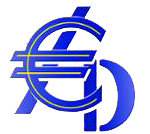 AD€ - Les Amis de l'Euro
AD€ - Les Amis de l'Euro
